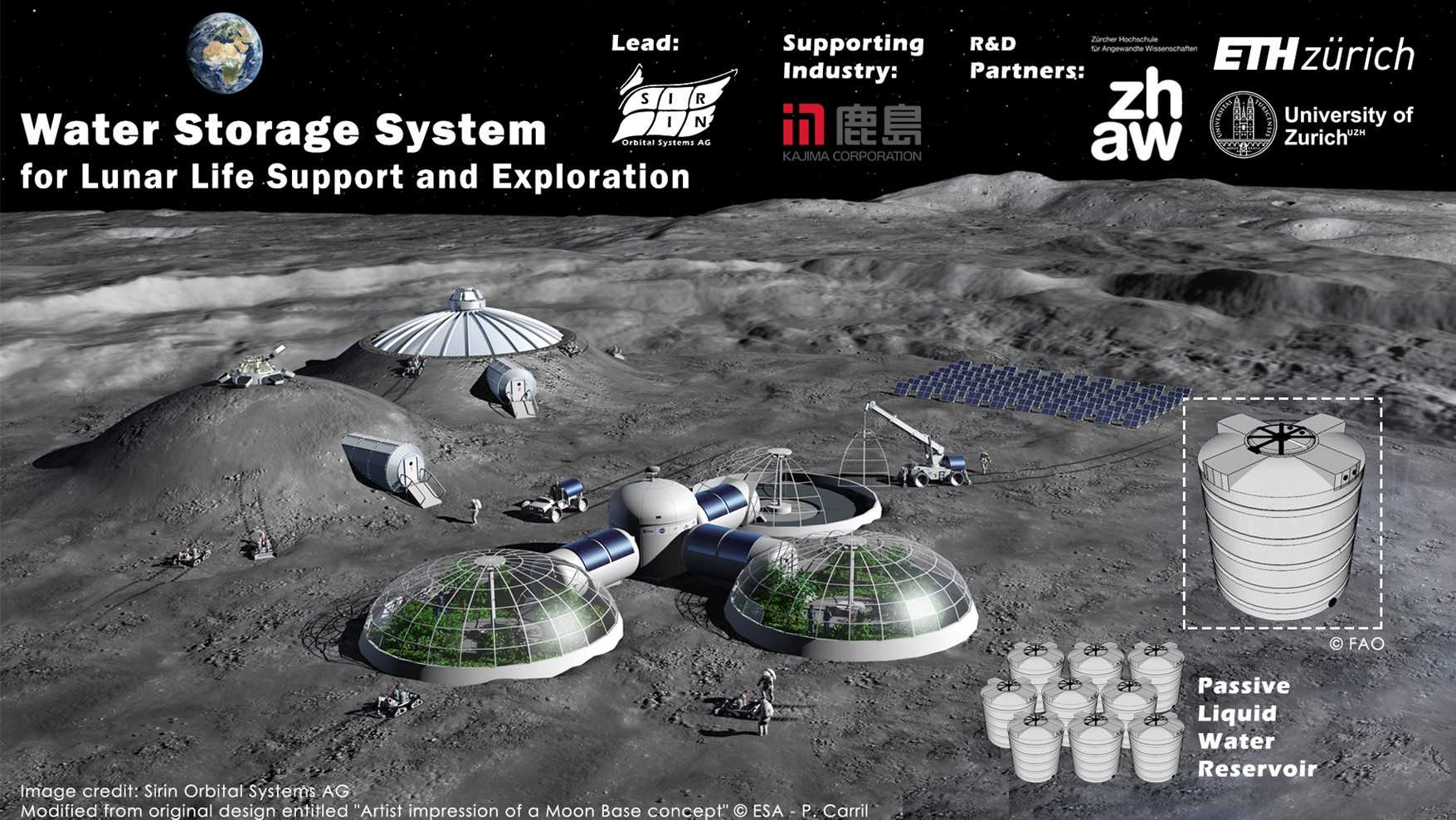Prof. Dr. Raffaele Mezzenga - JP

What made you decide to apply for a grant at the Leading House Asia?
In 2019, a group of physicists and chemists from the Swiss Federal Institute of Technology in Zurich (ETHZ) and the University of Zurich (UZH), respectively led by Prof. Raffaele Mezzenga and Prof. Ehud Landau, identified an unusual way to prevent water from freezing down to minus 263 degrees Celsius, which was published in Nature Nanotechnology journal . The never-freezing water discovered by researchers at ETH Zürich was primarily aimed to just serve as a tool for researchers in the lab for studying e.g. large biomolecules in a membrane-mimicking environment, for instance by using cryogenic electron microscopy. Hence, no exotic application was originally envisaged for this discovery.
What role did the Leading House Asia play in the programme?
Thanks to “Innovation Partnership Grants” of Leading House Asia, a new application area for this discovery is identified, which is currently being developed further in the frame of an R&D activity funded by the European Space Agency (ESA)’s Initial Support for Innovation (EISI) program. This project is initiated and led by “Sirin Orbital Systems AG”, a Swiss innovative company expert in the field of Space Technologies, and is endorsed by the Japanese firm, “KAJIMA CORPORATION, which is one of the oldest and largest construction companies in Japan, founded in 1840.
What were the impacts you made through the project/partners/individual?
The Global Exploration Roadmap expects human missions to the lunar surface within this decade. The European Space Agency (ESA) regards space resources as a means to enable sustainable exploration of the Moon and Solar System beyond in support of the advancement of ESA’s space exploration strategy. Lunar surface missions offer the opportunity to build expertise and capabilities in In situ Resource Utilisation (ISRU) preparing for Martian scenarios and the future utilisation of asteroid derived resources, creating early commercial opportunities. Among local resources, in order of timeline and likelihood of possible implementation, propellant and life support consumables such as water and oxygen are in higher priorities. Water is considered a bi-product of in-situ propellant production and it is essential for sustained and sustainable human presence on the Moon. The water extracted from ice in lunar poles or produced from lunar materials shall remain in liquid phase for the use of humans on the Moon.
The maintenance of liquid water without additional energy is potentially a suitable technology for the future human installations on the Moon. In this innovative R&D activity, researchers at the Institute of Energy Systems and Fluid Engineering (IEFE) of the Zurich University of Applied Sciences (ZHAW) jointly work with the Laboratory of Food and Soft Materials (FSM) of ETH Zürich aiming at the development of an adapted water storage system to be carried to the Moon; on board of the European Large Logistics Lander (EL3), which is planned to deploy cargo supplies and instrumentation at the lunar surface by the late 2020s. This innovative technology has differentiating features: (1) it does not require any supply of energy for maintaining water in the permanent liquid state; and (2) it is off-Earth manufacturable—the water containers can be 3D printed or built through in-situ additive manufacturing processes using local materials. The added-value of this technology is that it can also be used for terrestrial applications such as polar exploration missions and daily life support in sub-arctic and high-altitude regions and for those remotely inhabited areas which deal with long-lasting cold winters, in support of the Sustainable Development Goal 6 of the United Nations, "clean water and sanitation for all".